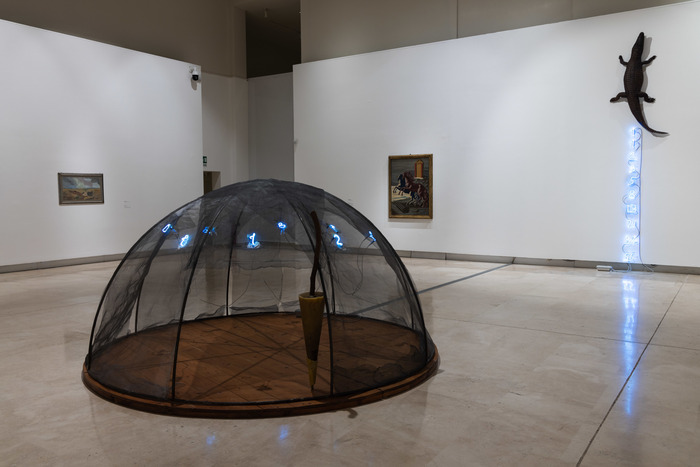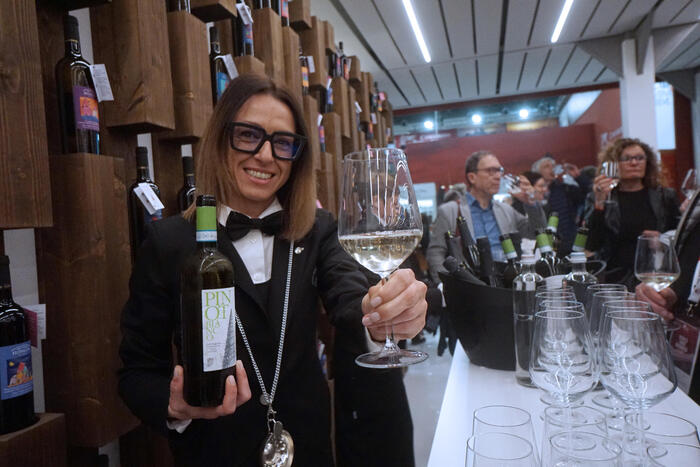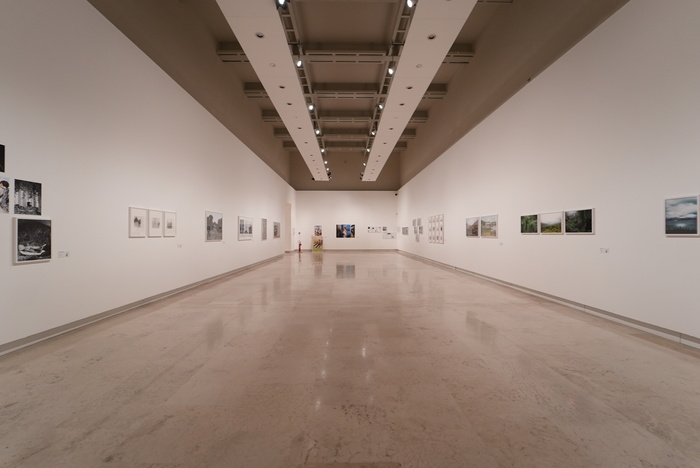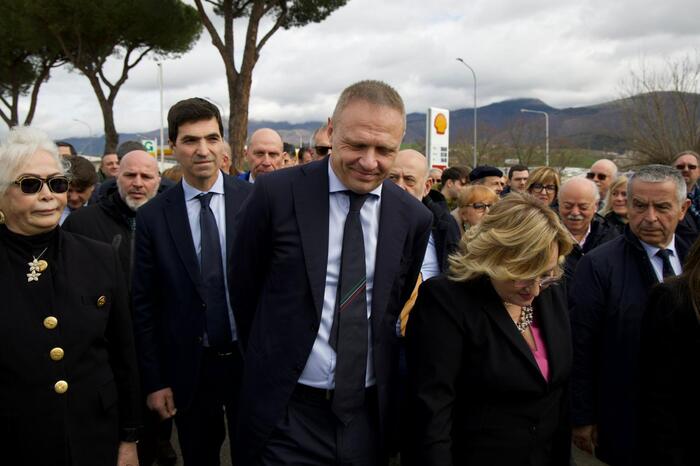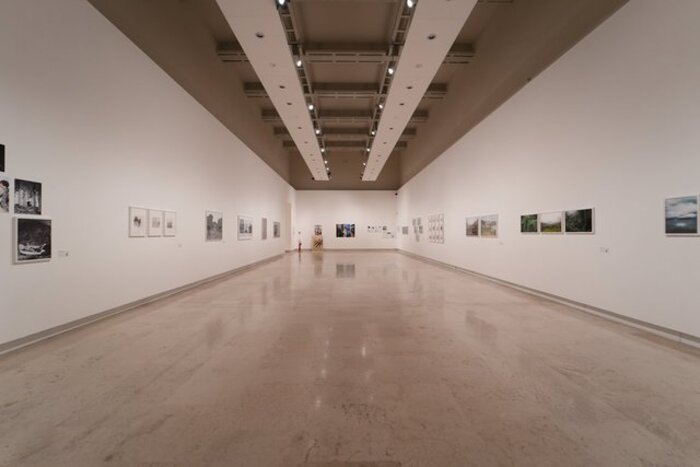(by Luciano Fioramonti) (ANSA) - ROME, NOVEMBER 28 - Up until the end of the 1970s, the art of the past was not compared in exhibitions with contemporary production.
The merit of having opened a road, which in other ways today is all too abused, goes to a Roman exhibition space, the Galleria dell'Oca which on 15 March 1978 in its headquarters presented the works of Mario Merz, a leading exponent of Arte Povera, face face to face with the paintings of the great masters of the early 1900s, Balla, Carrà, de Chirico, de Pisis, Morandi, Savinio, Severini.
Today it is the Palazzo delle Esposizioni that is reproposing the philological reconstruction of that exhibition until 26 February, considered a milestone in the way of proposing the production of modern artists.
The curator Daniela Lancioni, with the decisive help of LuisaLaureati Briganti,
who had opened the gallery in 1965, recovered more than half of the works, choosing works that were similar in quality and date in place of those that could not be traced.
Mostre in Mostra is precisely the project launched by the Palaexpo which with this second appointment aims to fathom the most important exhibition events of the second half of the last century, thanks also to its database on the exhibitions organized in Rome between 1970 and 1989.
The exhibition "Mario Merz. Balla, Carrà, de Chirico, de Pisis, Morandi, Savinio, Severini" was the result of the collaboration between the gallery owners Luciano Pistoi, Gian Enzo Sperone and LuisaLaureati Briganti.
''I didn't remember having organized such a beautiful exhibition.
I was a provincial, Sperone and Pistoi opened up a world to me", said today the founder of the Galleria dell'Oca, which closed its doors in 2008. Alongside the works of Merz - the neon and iron by Fubinacci, from 1971, the large Crocodilus from the 1970, or the bundles of wood and the painted fabric of Prehistoric wind of the frozen mountains of 1976 - painted as ''Softness of spring'' by Balla of 1918, the Sails at the Port of Carrà of 1923, The horses rearing up by de Chirico of 1927 ,
or Morandi's Natura morta of 1946 was a challenge that found the support of renowned critics such as EnzoSiciliano and Achille Bonito Oliva, who a year later would launch his theory of the Transaguardia.
''They were dramatic years - recalls Daniela Lancioni -.
The day after the inauguration of the Gallery, Moro was kidnapped and the men of the escort were killed.
But encouraging dialogue between different matrices and offering a free vision was also a response to that difficult climate''.
That exhibition ''managed to break down stylistic, chronological and even ideological barriers, bringing together an acclaimed interpreter of those Neo-avant-gardes which in the name of an authentic relationship with the world had given up painting,
with the most famous of the artists who had poured it into their paintings throughout the world, making Italian painting of the first half of the 20th century incandescent''.
To the three ''historical'' works by Merz was added one which was presented at the same time in the Roman headquarters of Gian Enzo Sperone's gallery.
''Taken together - observes Lancioni - these works, relevant to the point of being now kept in museums or in important international collections, represent a highly significant synthesis of the essential features of the artist's work and of the materials and themes that most frequently appear in his work: the neon lights, the Fibonacci numbers, the igloo, the lace, the taxidermied animal, the fagots and the images painted on unframed canvases''.
The three gallery owners
who can be considered to all intents and purposes curators, and Mario Merz, "naturally" brought to light the common thread of the history of art and the quality of the works, the ''mature expression of a process of contamination between conceptual art and the tradition of painting to which they contributed more voices''.
(HANDLE).

